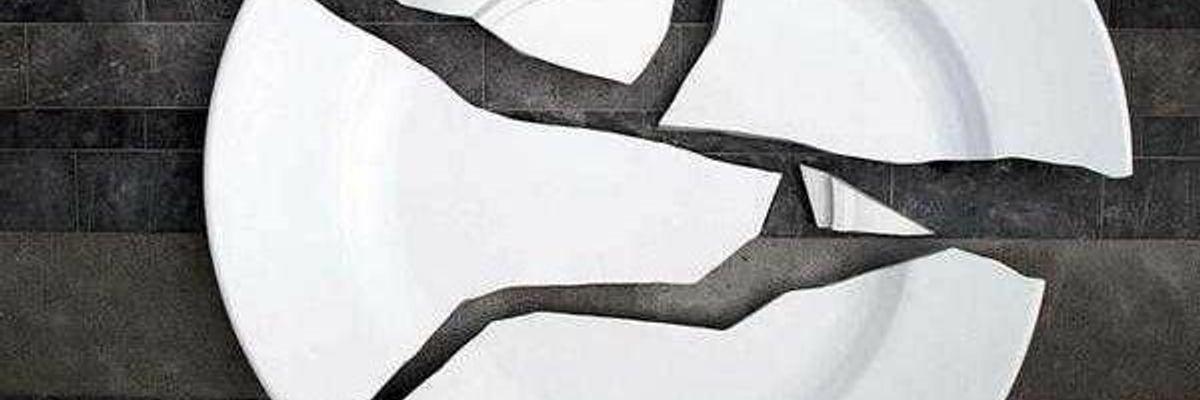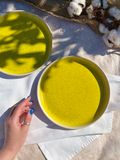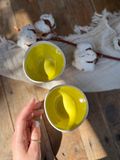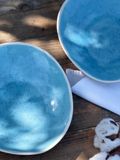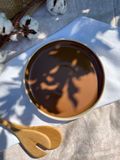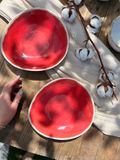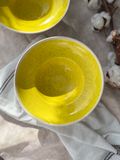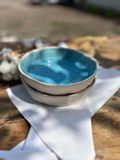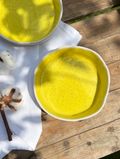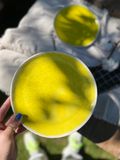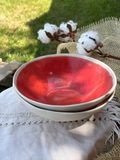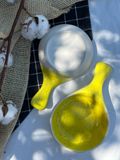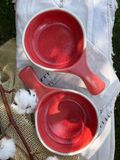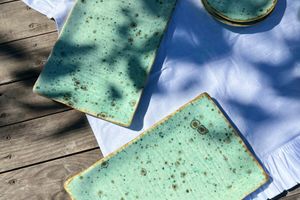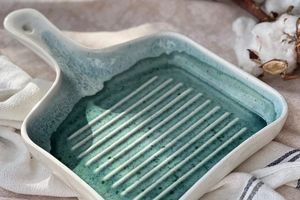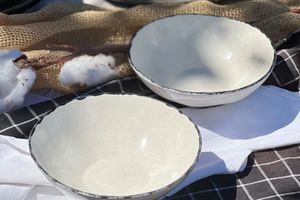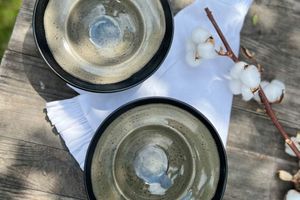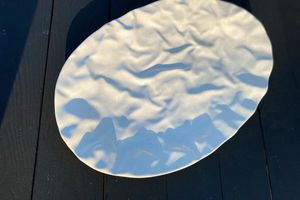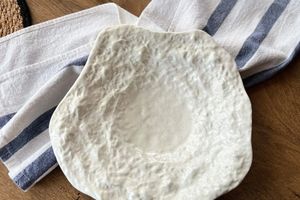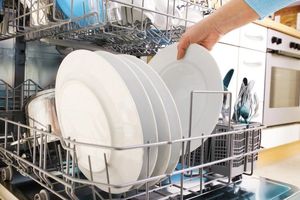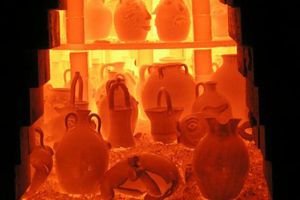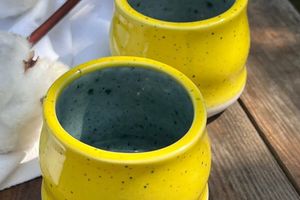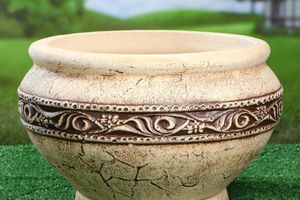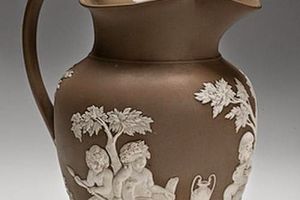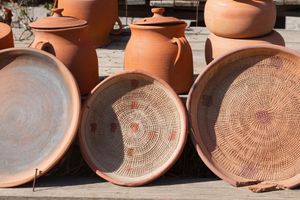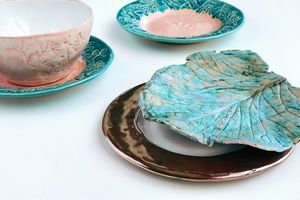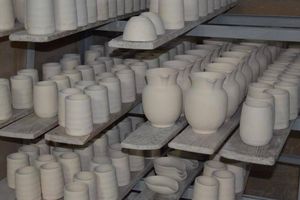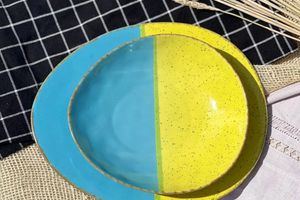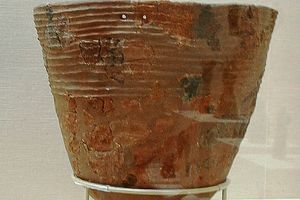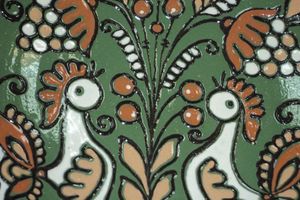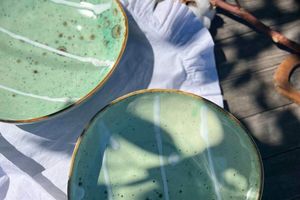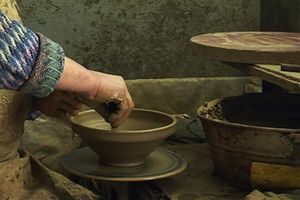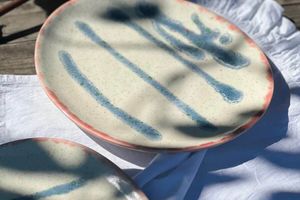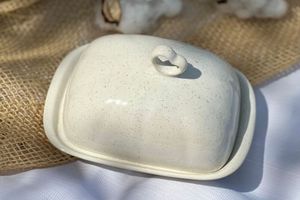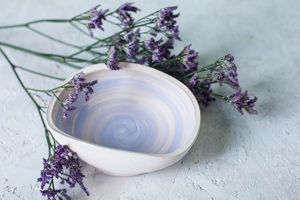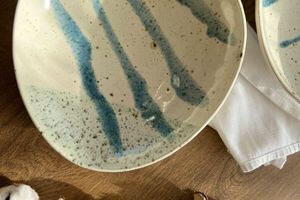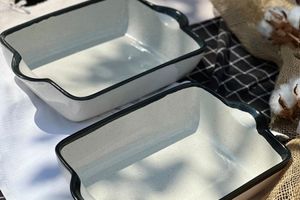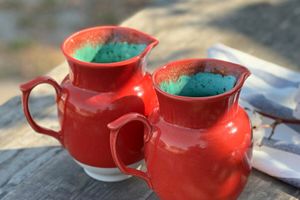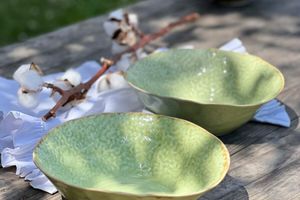Having a piece of ceramic broken can be a frustrating experience, especially if the item had sentimental value or was part of a beloved dinnerware set. However, do not be upset. There are several ways to fix the situation or find a use for the debris. Here are some tips for what to do if you have broken ceramic:
1. Careful collection of debris
Safety: Before you start picking up debris, put on gloves to protect your hands from cuts. If possible, use a brush and scoop to pick up small pieces.
Cleaning: After picking up large debris, be sure to thoroughly wipe the area where the product broke with a damp cloth to remove any small particles that may remain.
2. Repair of ceramics
If the product is of great value and can be restored, try to repair it using special means.
Ceramic adhesive: Use an epoxy or special ceramic adhesive that provides a strong bond. Make sure all parts are clean and dry before gluing.
Planning: Before applying glue, try putting the pieces together without glue to make sure all the pieces are in place.
Gluing process:
Apply glue to both sides of the pieces to be joined.
Press the parts together and hold until they bond (this usually takes a few minutes).
Leave the product for several hours for the glue to dry completely.
Sanding and painting: If cracks or seams remain after gluing, they can be sanded with fine-grained sandpaper and painted with acrylic paint in the color of the product.
3. Transforming debris into decor
If the product cannot be restored, you can use the scraps to create decorative elements.
Mosaic: Debris can be used to create mosaics. Use them to decorate pots, photo frames, tables or coasters.
Decorative panels: Place pieces on cardboard or plywood in the form of panels. It can become an interesting art object for your home.
Garden decorations: Use scraps to decorate your garden or flower beds. They can be laid on paths or used as decorative elements.
4. Recycling of ceramics
If you don't want to keep the debris, check to see if you can dispose of it in your area.
Local recycling programs: Find out if local recycling centers or recycling programs accept ceramic products.
Composting: Some ceramics can be crushed and used as drainage material for garden pots.
5. Prevention of future breakdowns
Proper storage: Store ceramic products on secure shelves to avoid falls. Use stands and racks with sides for extra protection.
Handle with care: Try to be careful when washing and handling ceramics, especially if they are of high value.
Special pads: Use special pads or spacers between plates and other ceramic items to avoid friction and scratches.
Conclusion
Breaking a piece of ceramic can be an unpleasant experience, but it doesn't always mean the end of a beloved item. Try to restore the product or give the scraps a new life in a different form. Remember that every situation can be an opportunity for creativity and ingenuity.

